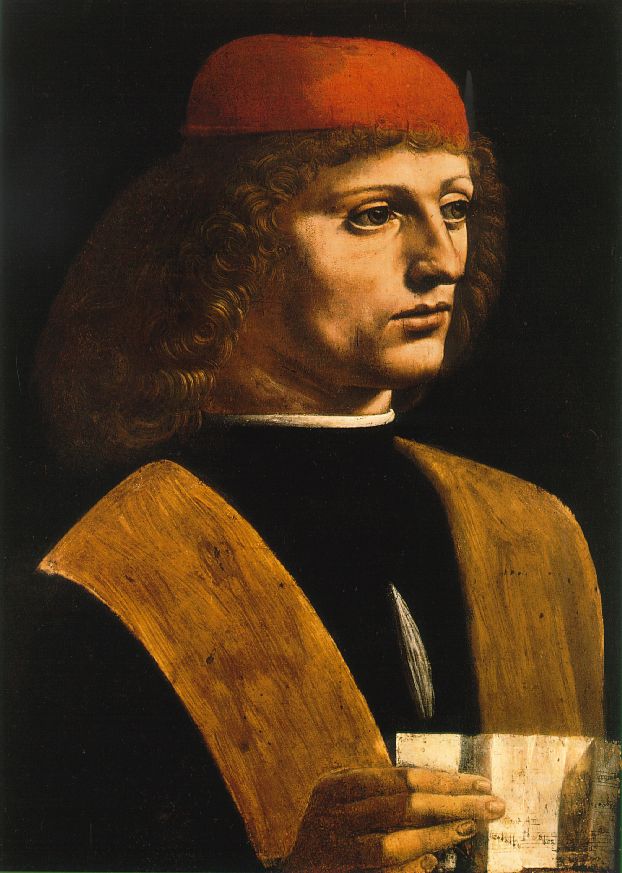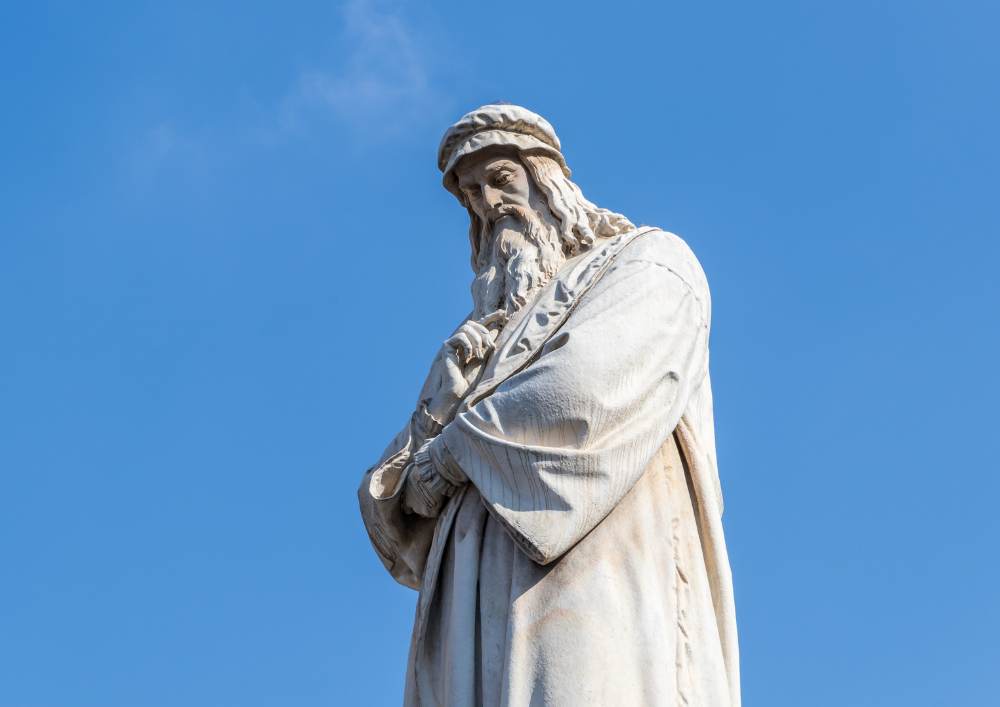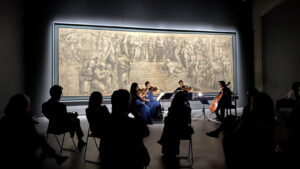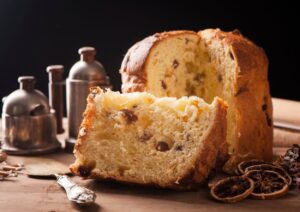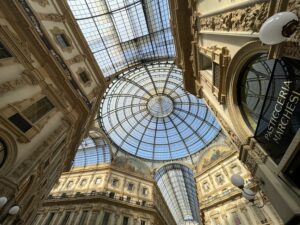Leonardo da Vinci’s time in Milan marked a period of extraordinary creativity, blending art and science in groundbreaking ways. Invited by Ludovico Sforza, the Duke of Milan, Leonardo spent nearly two decades in the city, from 1482 to 1499. Here, he pursued a variety of projects, from monumental artworks to visionary engineering designs. Milan served as the perfect backdrop for his genius, fostering innovations in anatomy, hydrodynamics, and architecture. Leonardo’s ability to merge artistic mastery with scientific inquiry left an indelible mark on the city, shaping its cultural and intellectual identity.
Yet, Leonardo’s Milanese contributions were not limited to art and science, he also played a significant role in the entertainment and ceremonial life of the Sforza court. So, we can say that the first wedding planner in history was the incomparable and eclectic Leonardo da Vinci.
The Last Supper Leonardo da Vinci
The Last Supper, or Cenacolo, painted by Leonardo da Vinci between 1494 and 1498, is considered one of the world’s most important mural paintings and a hallmark of the Italian Renaissance. Located in the convent of Santa Maria delle Grazie, the painting reflects his studies of light, movement, and human emotions, capturing what he called “the motions of the soul.” Designated a UNESCO World Heritage site in 1980, The Last Supper has profoundly influenced art history. Efforts to preserve this masterpiece are ongoing, ensuring its legacy endures for future generations.
Leonardo da Vinci’s The Last Supper is not a fresco but a secco painting, created on dry plaster using tempera grassa. This technique involved mixing pigments with egg, organic substances, and casein to produce a soft, translucent effect. Leonardo further enhanced the painting with oil finishes and varnishes to create brightness and depth. Unlike frescoes, where colors bond with wet plaster and are highly durable, secco paintings form a delicate surface layer vulnerable to moisture and temperature changes. Leonardo chose this method for its flexibility, allowing him to work slowly and make changes, and to achieve effects similar to panel painting. However, its fragility has led to ongoing preservation challenges, including strict environmental controls for visitors.
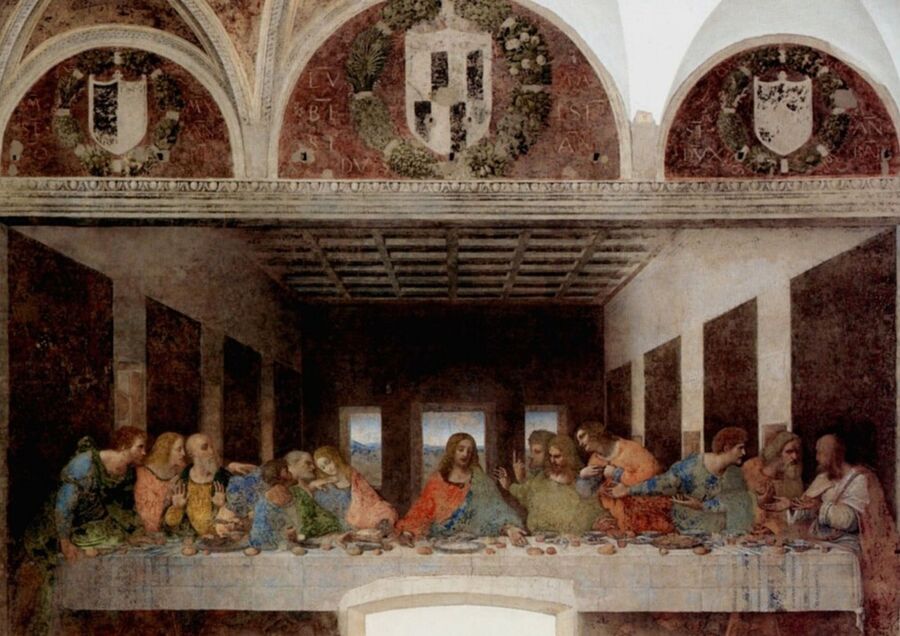
Leonardo da Vinci Museum of Science and Technology
The Museum of Science and Technology in Milan celebrates Leonardo’s legacy as an inventor and visionary. It houses an extensive collection of models based on his drawings, including flying machines, hydraulic systems, and war devices. Visitors can explore his multifaceted genius through interactive exhibits and replicas, which bring his sketches to life. The museum offers an immersive experience that highlights Leonardo’s contributions to science and engineering, showcasing how his ideas continue to resonate in modern technology and innovation.
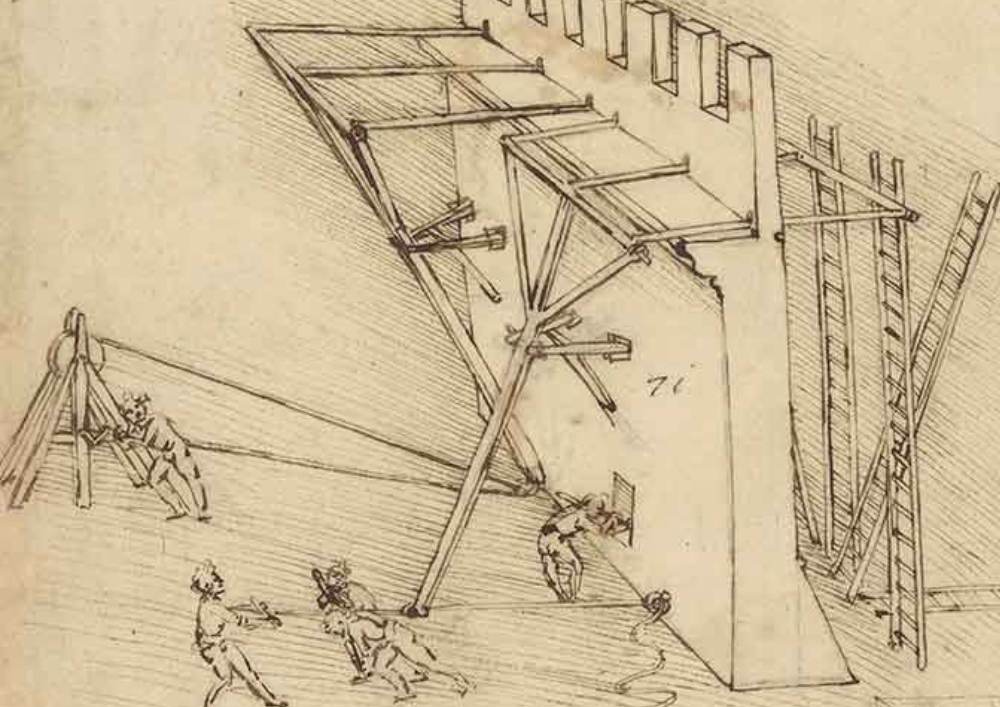
Leonardo da Vinci at the Ambrosian Art Gallery
The Ambrosian Art Gallery in Milan is home to some of the most significant works and influences of Leonardo da Vinci. One of its treasures is the Portrait of a Musician, a painting attributed to Leonardo, showcasing his skill in capturing human expression and detail. The gallery also features works by artists deeply inspired by Leonardo, reflecting his profound impact on the art of his era. Additionally, the Biblioteca Ambrosiana houses the Codex Atlanticus, the most extensive collection of Leonardo da Vinci’s documents and drawings. This remarkable compilation spans diverse fields of knowledge, including philosophy, astronomy, optics, mathematics, hydraulics, and the design of war machines, along with preparatory sketches for his paintings.
Sforza Castle: Sala delle Asse
Sforza Castle, which was built as a fortification in the mid-14th century and then modified and enlarged over the centuries, have a connection with Leonardo. The Sala delle Asse, located in the Falconiera Tower, features decorations by Leonardo da Vinci commissioned in 1498 by Ludovico il Moro. Intended as a court delegation room, Leonardo designed a trompe l’oeil depicting an intertwining canopy of mulberry trees, symbolizing Ludovico (il Moro, derived from morus, Latin for mulberry). The work, painted using the same fragile secco technique as The Last Supper, was never completed and deteriorated over time due to neglect and unsuitable restorations. Recent restoration efforts have uncovered previously hidden details, further enriching our understanding of his work.
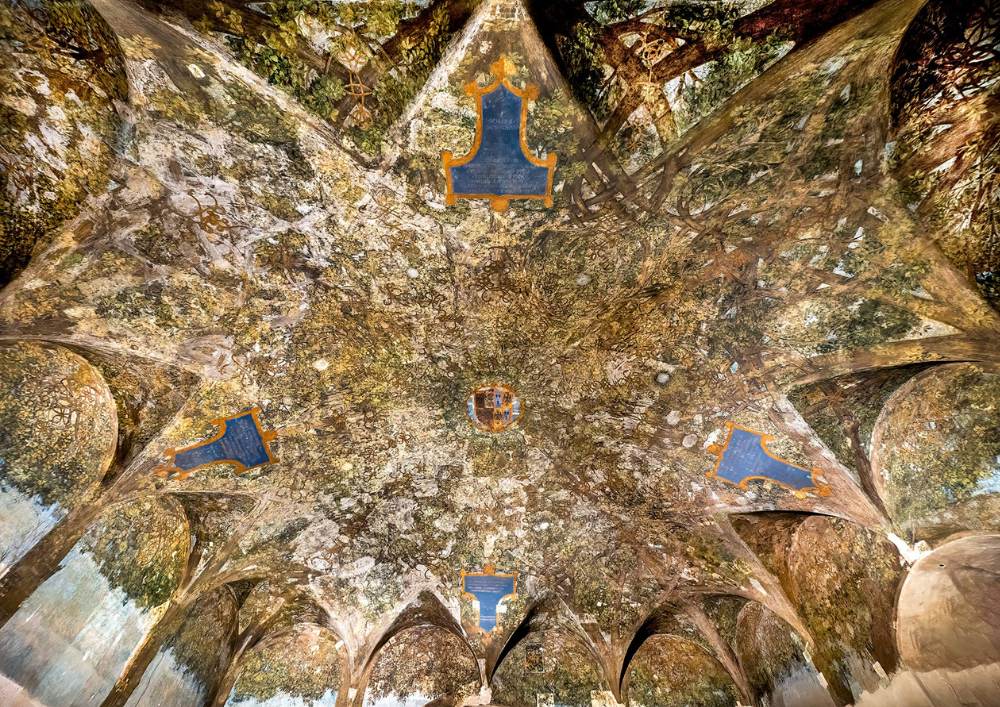
Navigli Canals
Leonardo da Vinci played a pivotal role in designing and improving Milan’s Navigli canals, a network of waterways that once served as vital transportation routes. His expertise in hydraulics led to the development of innovative locks, some of which are still in use today, for example in the Conca dell’Incoronata. These canals reflect Leonardo’s ability to combine practical engineering with visionary thinking. Today, the Navigli district is a vibrant hub of restaurants, galleries, and nightlife, where visitors can appreciate both its historic significance and modern charm.
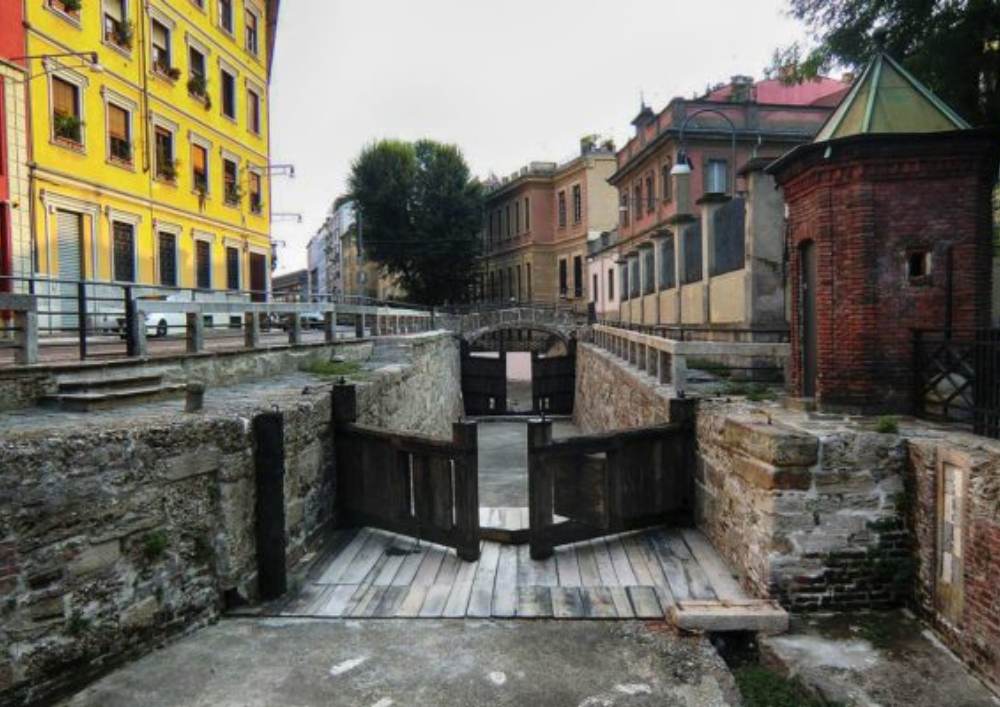
Leonardo da Vinci: wedding planner
Who would have thought! But yet it is true! Leonardo’s versatility extended to event planning: at the Sforza Court Leonardo accepted a position as “Master of Feasts & Banquets”, a fancy way of saying wedding planner.
In 1489, Leonardo da Vinci was tasked with organizing the wedding celebrations of Duke Gian Galeazzo Sforza and Isabella of Aragon, commissioned by Ludovico il Moro. Leonardo designed an elaborate spectacle called the “Feast of Paradise”, featuring a celestial theme with representations of rotating planets. Leonardo oversaw every detail, from location and costumes to theatrical machines and lighting effects. The hall was arranged in a horseshoe shape, complementing the celestial theme, and the event included princely dances, masquerades, and theatrical performances, showcasing Leonardo’s creative mastery in event design. His work as a “wedding planner” showcased his ability to apply artistic and engineering skills to diverse contexts, cementing his reputation as a genius of unparalleled range.
Leonardo da Vinci and his relationship with power
Leonardo’s relationship with the ruling elite of his time, including the Sforza family, was a complex interplay of patronage and artistry. Serving as an artist, engineer, and advisor to Ludovico Sforza, Leonardo navigated the intricate dynamics of Renaissance courts. His works often reflected the ambitions and values of his patrons while retaining his innovative spirit. This alliance provided him with the resources to explore ambitious projects, yet also required him to balance his artistic vision with the demands of political power. His time in Milan exemplifies his ability to thrive within these constraints, leaving an enduring legacy.
